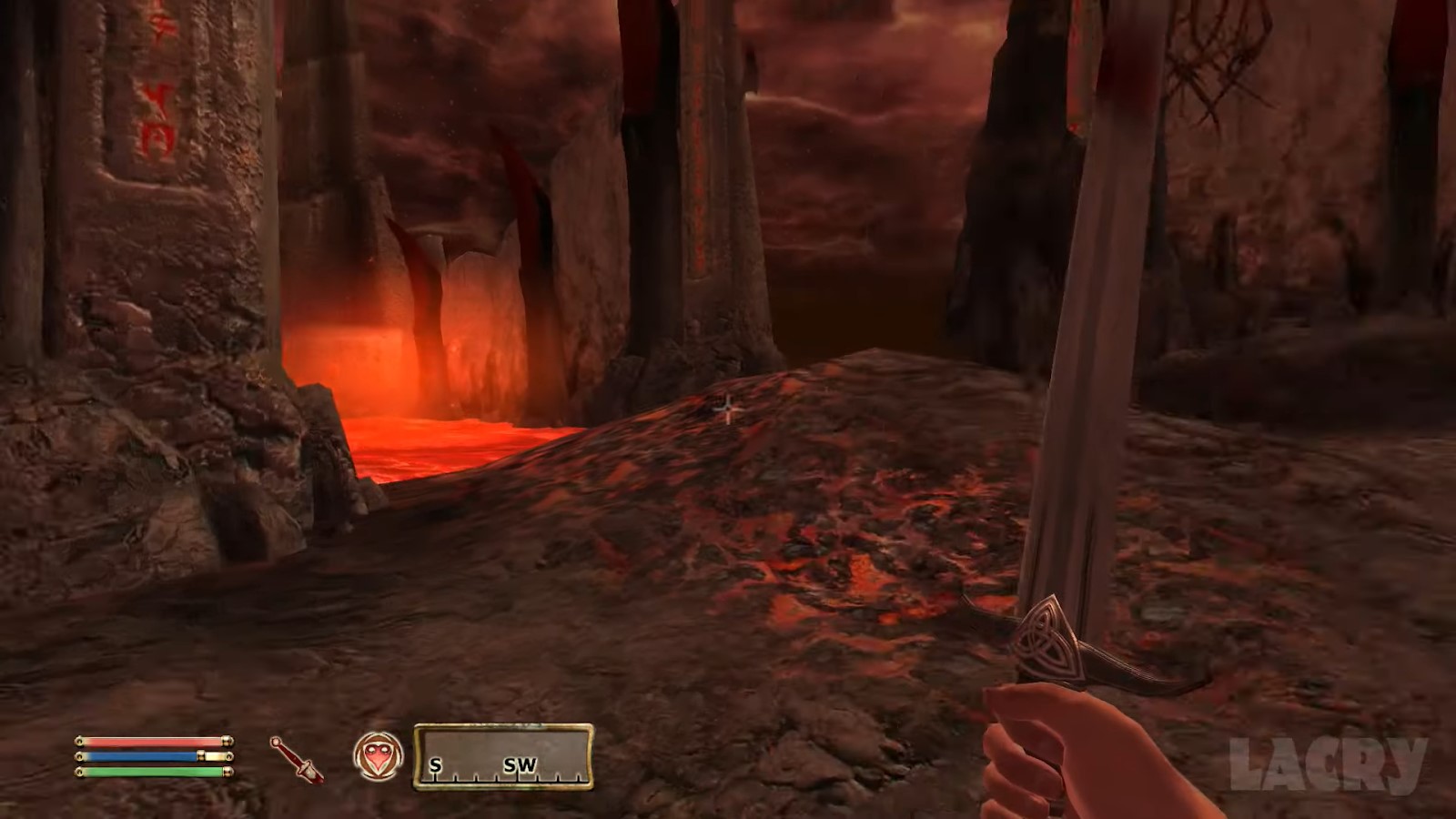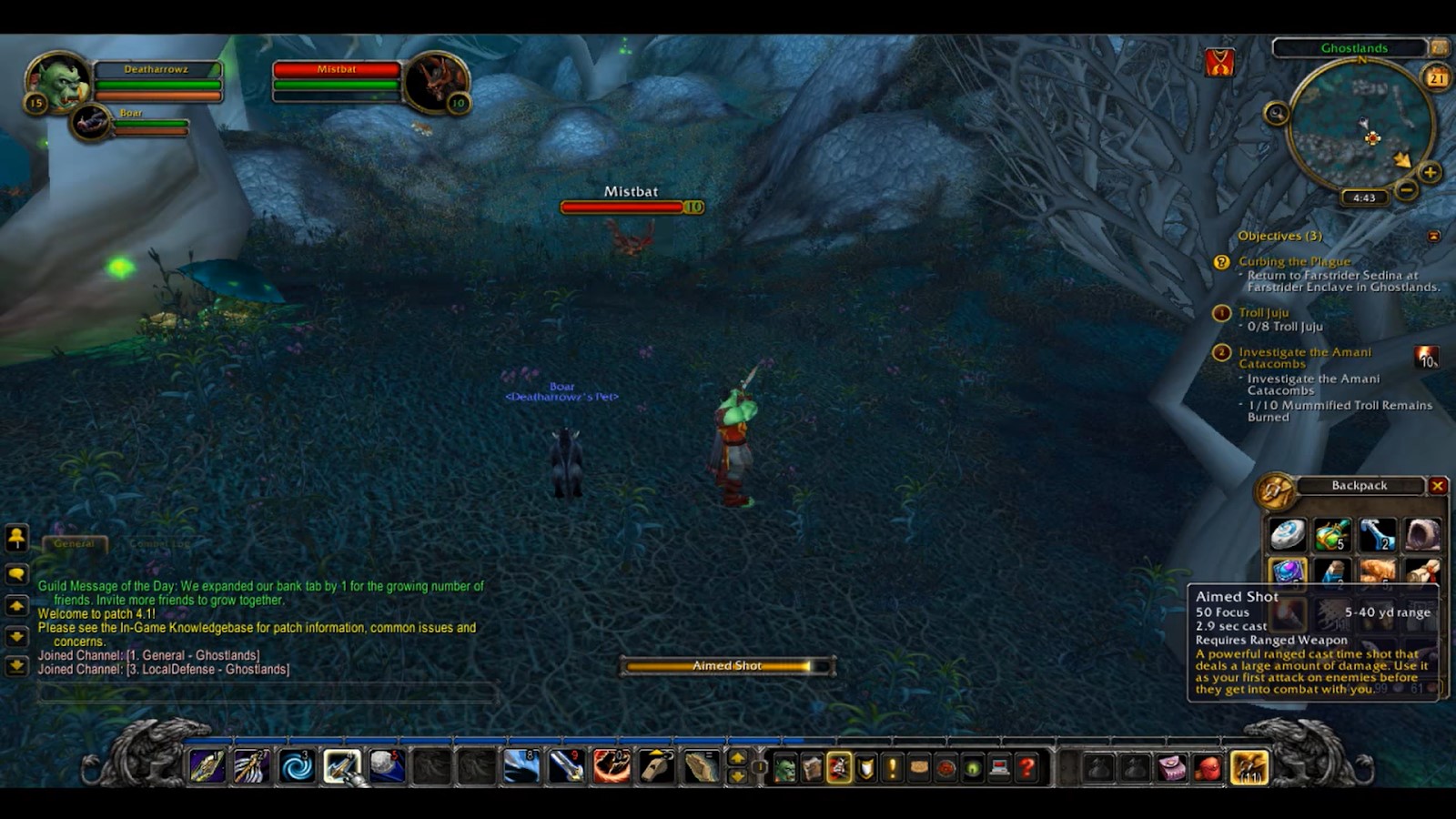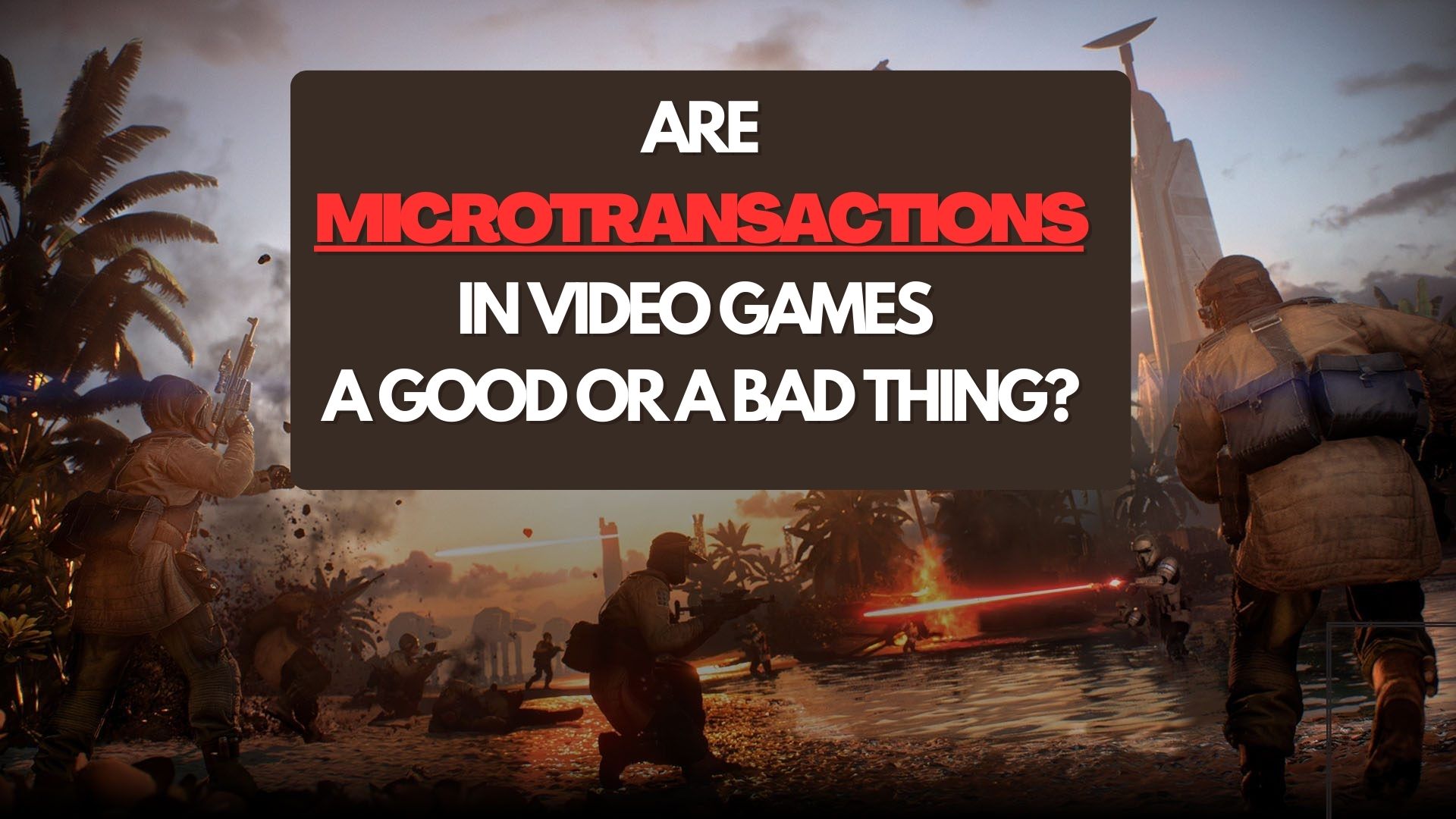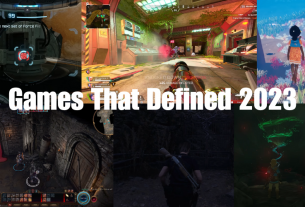Microtransactions in video games have always had a negative connotation for most players. And it’s understandable why. Many of these microtransactions don’t provide added value to the game. It even ruins the experience in certain games, especially games that promote pay-to-win. These pay-to-win games where people who spend money to win provide an unfair advantage over the free-to-play (F2P) players.
And as someone who is at the receiving end like most pay-to-win players, I can say that it can ruin the gaming experience. I always view these microtransactions as only providing good things to the developers and not the players. But is that the case for every video game with microtransactions? I would have said yes just a few months ago, but I stumbled upon a post on Reddit that showed appreciation for players who spend money.
This got me thinking that maybe microtransactions are not all bad. There are likely good things that they can also provide players. But what are they and is it enough to justify a game having microtransactions? I’ll try to answer all of them in this article.
What Are Microtransactions?
For those who are unfamiliar, microtransaction is a business model where users (players in this case) can purchase virtual things within the game with micropayments. In video games, these virtual things can be items, cosmetics, gear, exclusive content, resources, and so on. They can cost as low as $1 to as high as $15, depending on the items or loot (some can cost more, but not usually). Microtransactions are more prevalent in free-to-play games or multiplayer games.
There are also certain single-player games or triple-A titles that offer microtransactions. Yet you’ll mostly find them on free-to-play and multiplayer games. This is not a recent model, as developers have tried implementing it as early as the mid to late 90s.

But the model started taking off around the early 2000s, the same period the internet started to become a stream, and games like Second Life and Habbo used them. It further became a popular mainstay in many video games with popular titles like The Elder Scrolls IV: Oblivion and World of Warcraft started introducing microtransactions and experiencing some success.
Why Are Microtransactions Bad for Players?
There are several reasons why microtransactions are considered bad for players. I already mentioned the pay-to-win model earlier and I’ll discuss it further in this section, as well as add more reasons why they’re bad.
Most Microtransactions are Pay-to-Win
I put this first since it’s the obvious reason and where most of the negative connotations of microtransactions are coming from. A game is considered a pay-to-win game when spending money can provide you with an advantage or help you progress quickly in the game. One example I can give is the multiplayer shooter game Star Wars Battlefront II. This game was decided upon as a blatant pay-to-win game when it was initially launched in 2017. But Electronic Arts caved and made some changes to remove that mechanic in response to the backlash and outrage from players.

When the Triple-A games were initially launched, many of the hero characters were unavailable to play. And you can only get them by spending in-game credits, which you can get from randomized virtual loot crates. You can also earn them freely in the Star Wars game, but it will take hours and lots of grinding to do so. So, if you don’t want that, you can always buy these loot crates with real money for a chance to get credits, which outraged players.
Diablo Immortal is another example I can think of that is also pay-to-win. You can use the money to buy Legendary Crests, which are items used to start the Elder Rift and get legendary gems and runes. The crests are also obtainable freely in the game, but they will require long hours of gaming and grinding. You can speed up that process by purchasing them with real money, allowing you to quickly strengthen your character and give you an advantage in PVP battles.
There are many examples of games like these and it’s not only in multiplayer games. Even the single-player puzzle game Candy Crush is also a massive pay-to-win, especially as you get to the higher levels. These games are the reasons why many players don’t like microtransactions.
It Doesn’t Add Value to the Gaming Experience
Pay-to-win is not the only form of microtransaction available. There are also games where the microtransactions focus more on cosmetics and exclusive items. These items and cosmetics don’t provide any sort of advantage to the players, except maybe it makes their character, base, etc. look more unique. This could be subjective, but for me being unique doesn’t necessarily provide added value to my gaming experience.

And players, initially, weren’t exactly on board with the idea of spending money on cosmetics. Bethesda received backlash for offering a microtransaction for The Elder Scroll IV: Oblivion in the form of the Horse Armor DLC. Though they became more acceptable now, thanks in large part to the pay-to-win mechanic, not everyone is still on board. And the Oblivion Horse is still being blamed for setting the stage for microtransactions today.
I’m still at the camp of not seeing the value of these in-game cosmetics. I would try to acquire them through the free methods that games provide. But I still don’t see myself spending any money just to purchase it.
Do Microtransactions Provide Anything Good to Players?
I never would have thought there are good things about microtransactions. But after looking at things objectively, I can say that there are some positives about it. Let’s discuss them in this section.
Microtransactions Keep the Game Free
Playing video games before was reserved mostly for hardcore gamers who were willing to spend money to purchase different games. For casual gamers and the general population, it doesn’t make that much sense to spend a lot of money just to buy these games. But all of that changed when games became available for free. Casual gamers don’t have to worry about spending anything just to download and try a game and this was made possible because of microtransactions.

The microtransaction business model allowed some developers in the late 90s and early 2000s to start offering their games for free. First with children’s games, then with MMOs. The MMOs were using the subscription model first, charging a small amount monthly to be able to play. But as more and more games started to adopt the free-to-play mode, even the subscription model was removed, focusing mostly on in-game purchases that players can buy.
And it’s not like we’re getting mediocre or bad free games to play or that these are just pay-to-win. Games like Valorant and League of Legends are good examples of great games where you don’t need to spend to enjoy playing them. PUBG and its mobile counterpart PUBG Mobile are also good free-to-play games you can enjoy without spending any money. Other free-to-play games that you can enjoy or progress in without the need to spend money are Genshin Impact, Fortnite, Mobile Legends, Fall Guys, and many more.
I’ve tried many of the games listed above like Mobile Legends, Fall Guys, COD, Fortnite, and Genshin Impact. And I can say that you didn’t have to buy or spend anything in-game to enjoy playing them.
Microtransactions Allow the Game to Continue
Aside from being able to offer the games for free, microtransactions also allow the game to be supported continuously. Many of the games right now are online and most of them don’t provide any ending at all. The PUBG or COD games can be played as long as the developers continue to provide support for them. This also goes the same for MMORPGs or open-world games like Genshin Impact.

The reason why these developers would want to continue to support these games is that they continue to earn. When players continue to spend on microtransactions, it allows the developers to put out new content and updates to these games. And this is a benefit, not only to the developers but to all players who love the game experience. Whether you spend on the game or not, you are benefiting whenever other players are buying things.
This is why I understand the sentiment of the Reddit user who posted his appreciation post to the whales (players who spend a lot of money on games). Though the post was for the game Genshin Impact, you can say it applies to all other games that continue to run and get updates or new content. Without these microtransactions, the only way for developers to make money would be through ads, which I won’t prefer. But that’s a discussion for another article.
Microtransactions Are Good, But…
Looking at both the bad and good things about microtransactions, I can clearly say that microtransactions in video games are a good thing. But there’s a caveat to it. I also do acknowledge that not all microtransactions are good. I still have issues with the pay-to-win model since it deteriorates the gaming experience, especially for F2Ps. It’s not fun to get bullied in PVPs by the whales and their overpowered characters or bases.
It’s also not fun to play games where it’s almost impossible to progress unless you spend money. But other than the pay-to-win model, microtransactions are a good thing in video games. And as a F2P myself, I am also thankful to the whales who spend money on the games that I’m playing. They allow the game to continue and be improved, and for free-to-play players to enjoy them when they get updates and support from the developers.




